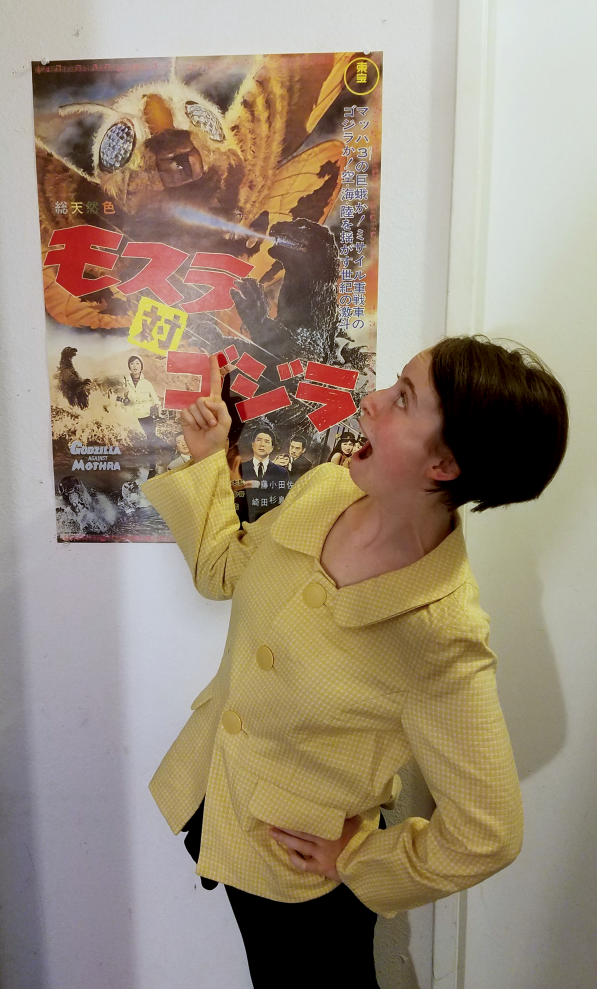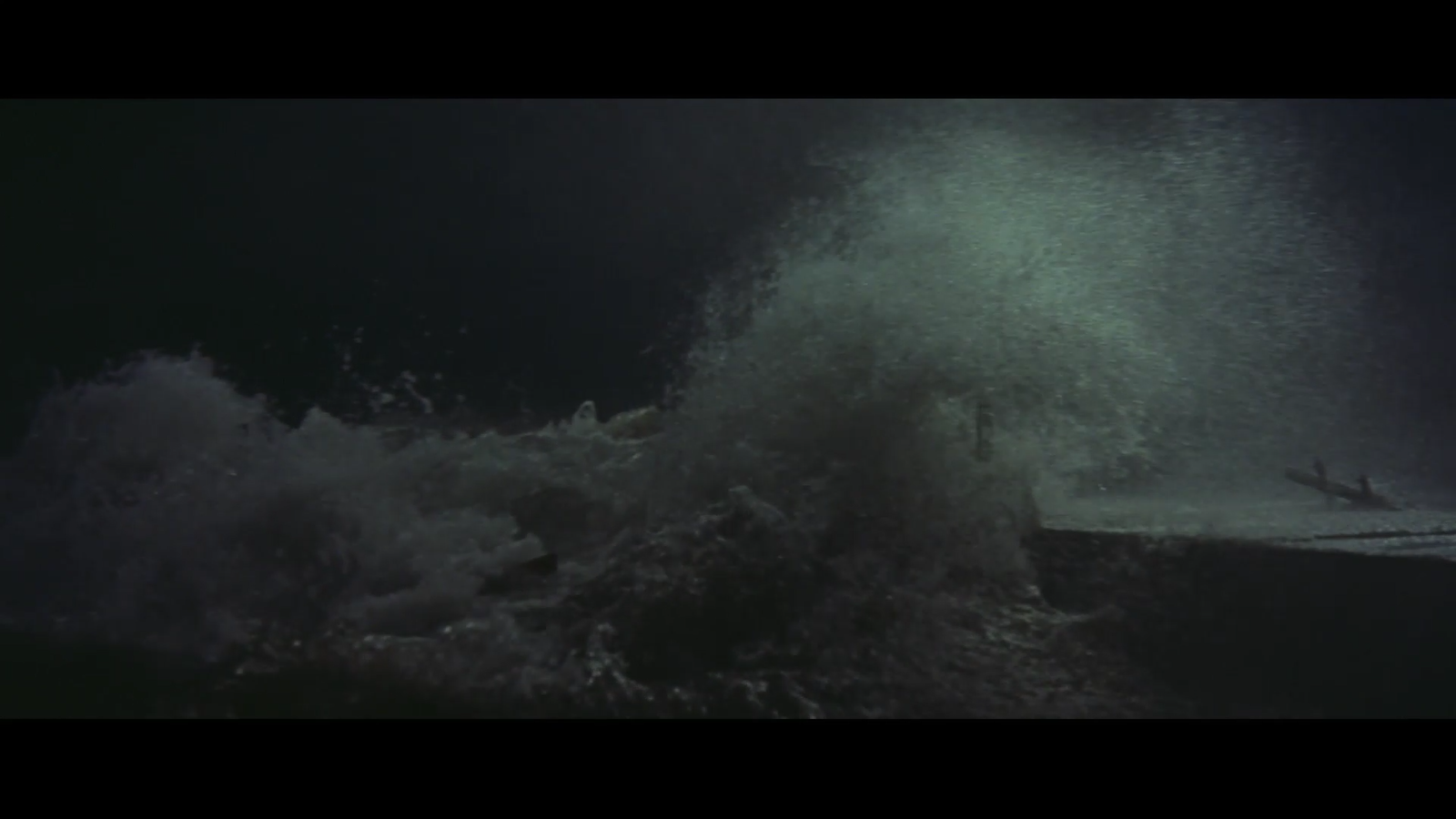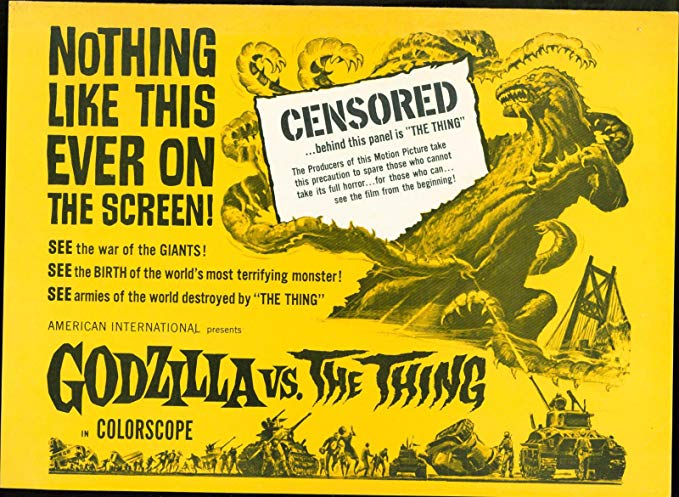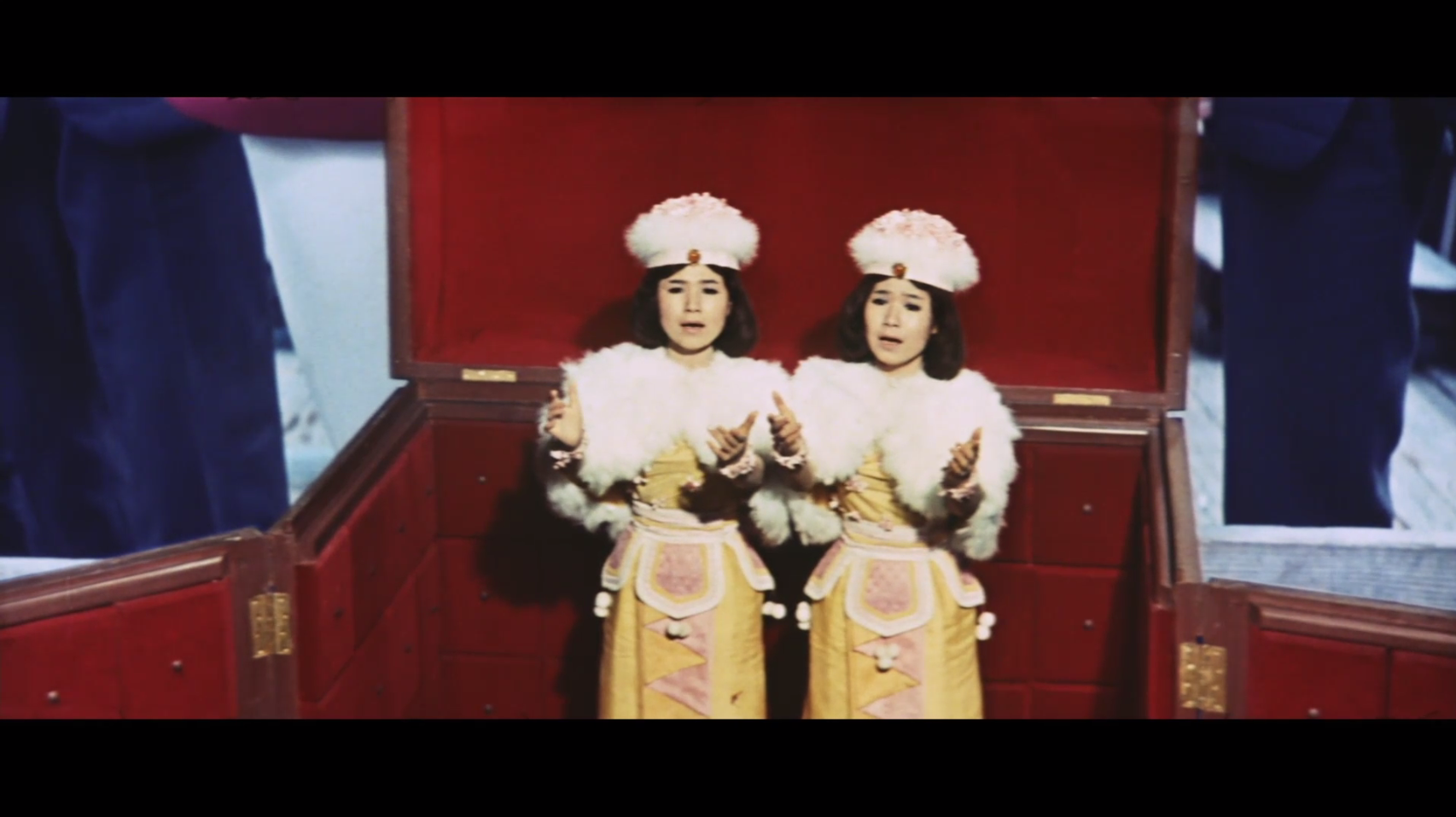Don't miss This week's news!


by Victoria Silverwolf
No Nudes Is Good Nudes
That might be true for most ordinary Hollywood productions playing at your local theater, anyway. However, if you sneak downtown to one of the seedier movie houses, you might wonder if the Hays Code has any real meaning these days.
It's already been weakened by critically acclaimed films such as Who's Afraid of Virginia Woolf? (language), Blow-Up (nudity), and Bonnie and Clyde (violence). But that's not what I'm talking about.
I'm talking about nudies.
We've already dived into this cinematic underworld some time ago, with a discussion of the extremely silly movie Nude on the Moon. Like other so-called nudie cuties, there's a certain innocence to it, despite the display of unclothed female flesh.
There's a category of nudies known as roughies, adding violence to the naked women in order to provide even sleazier thrills. That wouldn't normally be my cup of tea, but I have to admit that a recent ad for one of these things caught my eye as I was walking past a disreputable theater.

How could I resist the greatest movie title since Faster, Pussycat! Kill! Kill!?
I snuck my way into the darkened theater and got ready for a truly unusual viewing experience.
A Krazy Kat And Three Blind Mice

Let's get the dirty stuff out of the way first. The sequences featuring naked women were obviously added to the original film later. They don't look anything at all like the main part of the movie, so we can disregard them.
What we really have here is a variation on Richard Connell's famous story The Most Dangerous Game, which reached the silver screen way back in 1932. (Try to catch the original on your local Shock Theater TV program. It's quite good.)

Confessions of a Psycho Cat retains the basic concept of hunting human beings for sport, but otherwise bears little resemblance to its inspiration. For one thing, the hunter is a woman.
We begin with our villainess, Virginia, saying goodbye to her brother at the airport. He's off to Africa to do some big game hunting. (Do you sense a theme developing?) Virginia usually goes with him, but her psychiatrist recommended that she stay home and recover from a nervous breakdown.

We then jump right into a scene of a guy running for his life. He manages to reach the apartment of some of his friends (insert unrelated nude party scene here) and tells them he's been shot. A flashback tells us what's going on.
It seems that Virginia brought three men together in order to offer them a very strange deal. If they'll allow her to hunt them down for twenty-four hours, she'll pay each one who escapes one hundred thousand dollars.

Each of the three men killed someone and escaped punishment. I guess this is Virginia's way of having fun while administering a kind of rough justice. She also thinks of each one as a specific type of animal. From left to right in the above scene of Virginia and the trio of intended victims, we have:
Buddy, a drug addict. He accidentally gave his girlfriend a fatal overdose of heroin. He's a jackal.

Charles, a stage actor. He murdered his wife's lover. He's a lion.

Rocco, a boxer. He killed an opponent in the ring. He's a bull.

I should mention here that all the characters are portrayed by totally unknown performers, with the exception of Rocco. He's played by well-known boxer Jake "Raging Bull" LaMotta, appropriately enough. (I wonder if the concept of symbolizing the men with animals came about when he was cast in the role.)
The three guys figure it'll be easy enough to hide out for a day and then collect the loot. Virginia cleverly uses their individual weaknesses to lure them into her traps. She makes Charles think he's got a chance for a big role. She accuses hot-tempered Rocco of being a coward. Of course, Buddy needs a dose of heroin.
While all this is going on, we learn about the traumatic incident during her childhood that made Virginia a Psycho Cat. Suffice to say that it puts her supposedly sane brother in a very bad light. By the end of the movie, Virginia is completely insane.

Obviously made on a very small budget, this modest little thriller has a certain gritty appeal. Filmed on location in New York City, with frequent use of a handheld camera, it sometimes feels like a very weird documentary. The highlight of the movie is the battle between Virginia and Rocco. I don't want to give too much away, but the fact that he's supposed to be a bull may give you a hint.
The irrelevant nude scenes are an annoying distraction, although there's one that made me laugh. When Rocco is on the phone with Virginia, there's supposedly a woman in the room with him. It's really, really obvious that the two characters aren't on the same set. In a bizarre scene, the woman kisses her reflection passionately.

If you can work up the nerve to walk into a place showing this thing, you may find it more enjoyable than you'd expect. If nothing else, the actress playing Virginia gives a really wild performance, whether she's hunter, matador, or little girl.

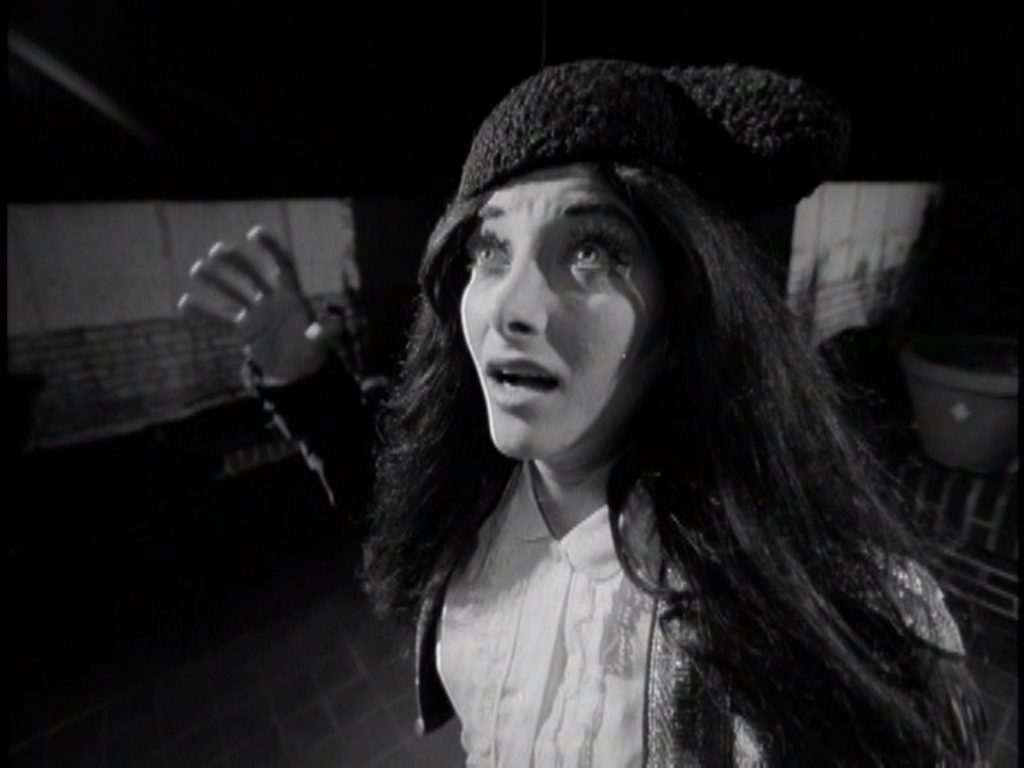

Give this kooky kitty a chance, and you may wind up purring.
Or, if you're ashamed to show your face in a nudie theater, you can stay home and watch the news.


by Gideon Marcus
Harlan is back with another money-grab collection, this time from Belmont. Actually, I don't know how complicit Ellison actually is given that he was furious that Belmont reprinted Doomsman without his consent. Still, he did contribute forewords to all the stories.
And that's really the reason to get this collection, since almost everything in it has appeared somewhere else before.

Cover by Leo and Diane Dillon
Where the Stray Dreams Go
One of the niftier pieces in the book, and the one fresh publication, this is not a story but a collection of aborted story fragments. We may see them grow into complete stories someday. Or perhaps, now that they have been born, after a fashion, this is their final form. Four stars.
The Sky Is Burning
from IF Science Fiction, August 1958
This one was in Ellison Wonderland and I still feel the same way. The idea that the universe is already inhabited by superior beings should not be as damaging to the racial ego as Ellison believes. Three stars.
My Brother Paulie
from Satellite, December 1958
The ninth (and first successful) trip around the moon, manned by a solo pilot, is threatened by a stowaway. It's got a gimmick you'll see a mile away. Three stars.
The Time of the Eye
from The Saint Mystery Magazine, May 19591
A Korean war vet meets a beautiful blind woman during rehabilitation. He falls for her, hard, but it turns out the tragic cause of the woman's injury is communicable…
An interesting, vivid story. Four stars.
Life Hutch
from IF, April 1956
A wounded spaceman is trapped in his life hutch by a deranged robot. Can he defeat the mechanical monster before it smashes him to bits?
This one appeared in Ellison's first collection, A Touch of Infinity (1960). Four stars.
Battle Without Banners
from Taboo, (1964)
Society's refuse (e.g. the Jews and the non-lily-white) are packed into prisons. This is the story of one brave squad's attempt to break out. But the jail they live in is really called "society".
This one was written for Taboo, a sort of precursor to Dangerous Visions, including such luminaries as Charles Beaumont and Fritz Leiber. It's a good piece, if a bit maudlin. Three or four stars, I can't really decide.
Back to the Drawing Boards
from Fantastic Universe, August 1958
The creator of the first sentient robot gets his revenge on a cruel world. When said android makes a 300 year round-trip to Alpha Centauri, his back wages amount to more than the value of the world, and since the robot was granted person-hood, there's no way out of the deal.
Even Ellison concedes that the plot doesn't work, but he likes it anyway.
This one also appeared in Ellison's first collection, A Touch of Infinity (1960). Three stars.
A Friend to Man
from Space Travel, October 1959
After the last war, a loyal servant robot welcomes his new masters, though not without a touch of regret.
This one suffers for having the exact same ending as the prior robot story (Ellison writes so much, he's never above lifting from himself). But it is nicely written. Four stars.
We Mourn for Anyone…
from Fantastic, May 1957
A cad murders his wife but bites off more than he can chew when the professional mourner he employs turns out to be his wife's lover.
This one is an indictment of the mortuary business, but the message gets lost in the (pretty good) story. Another three or four star piece.
The Voice in the Garden
from Lighthouse, August 1967
A two-page "after-the-bomb" story to end all "after-the-bomb" stories, published in the latest issue of Terry Carr's semi-prozine Lighthouse (I read it there, too).
I laughed. Five stars for this skewering of cliché TV writers.
Soldier
from Fantastic Universe, October 1957
The longest single piece of the book is also the best. A private soldier named Qarlo is warped by a freak accident into the past. After being subdued and interrogated, he is put to his most effective use–telling his story as a cautionary tale against the ills of war.
Can't argue with this one, either the morality or the storytelling. Five stars.
Soldier (screenplay)
Aired on The Outer Limits
This is the Ellison episode I missed (I did catch Demon with a Glass Hand, which was good). But Natalie enjoyed it, and I hope I see it in rerun.
I feel that the story is far less impactful than its source material, but then, judging a show from a script is like judging a sculpture from its shadow. I will say that, having read it, I now feel like I have an idea how to turn my Kitra books into a TV show…
Anyway, I won't rate this–it's invaluable if you're interested, and somewhat superfluous if you're not.
From the Land of Hype
My problem with Ellison is a personal one. There's no doubt but that he's a brilliant writer. You're never bored reading his stuff. The thing is Harlan offers no viewpoint but his own; he just communicates it so well as to make you feel it's "the truth" rather than just "his opinion."
But Harlan and I are so diametrically opposed, constitutionally, that it always rings a bit false. Harlan's never had long-term luck with ladies (though he bemoans the incessant interest he gets from women thanks to his "talent"). I've been happily married for 25 years. Harlan has no sense of time; I am punctual to a fault. Harlan famously has no tact and carries life-long grudges. I have some sense of diplomacy, and I tend to forgive and forget.
I'm not saying there's anything wrong with Ellison–he is who he is–but it means that the belchings of his id, no matter how exquisitely crafted, never quite resonate with me. This makes most of his stories fall into a sort of 3.75 star slush in my mind.
They're still worth reading, though. He is a genius.




![[May 26, 1970] A Regrettable Case of Runaway Apophenia (Erich von Däniken's <i>Memories of the Future</i>)](https://galacticjourney.org/wp-content/uploads/2025/05/Image-1-672x372.jpg)
![[February 28, 1970] Revolutionaries… (March 1970 <i>Analog</i>)](https://galacticjourney.org/wp-content/uploads/2025/02/700228analogcover-665x372.jpg)

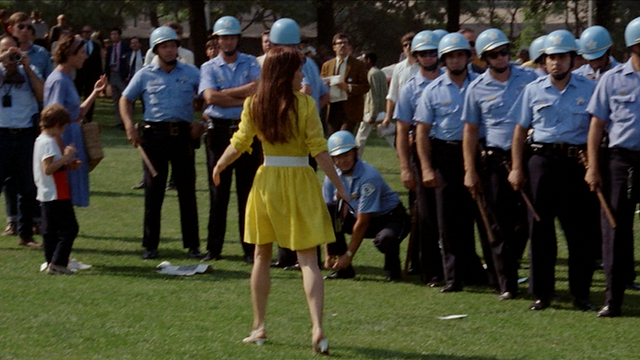
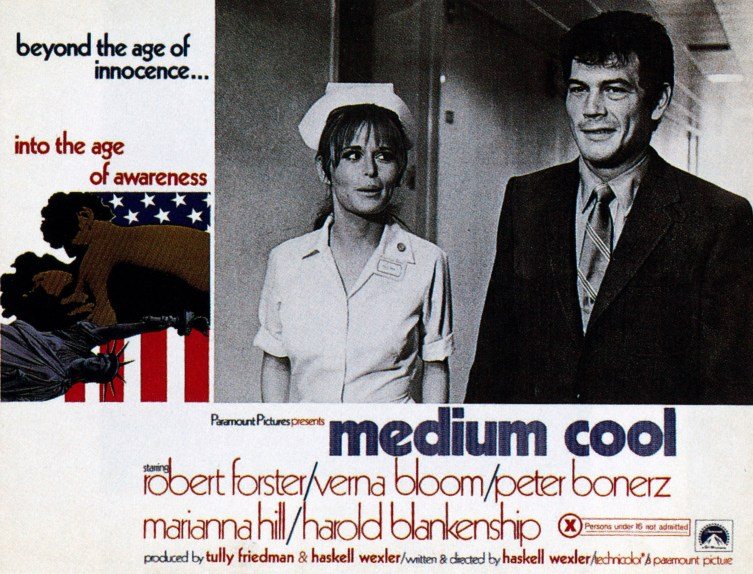
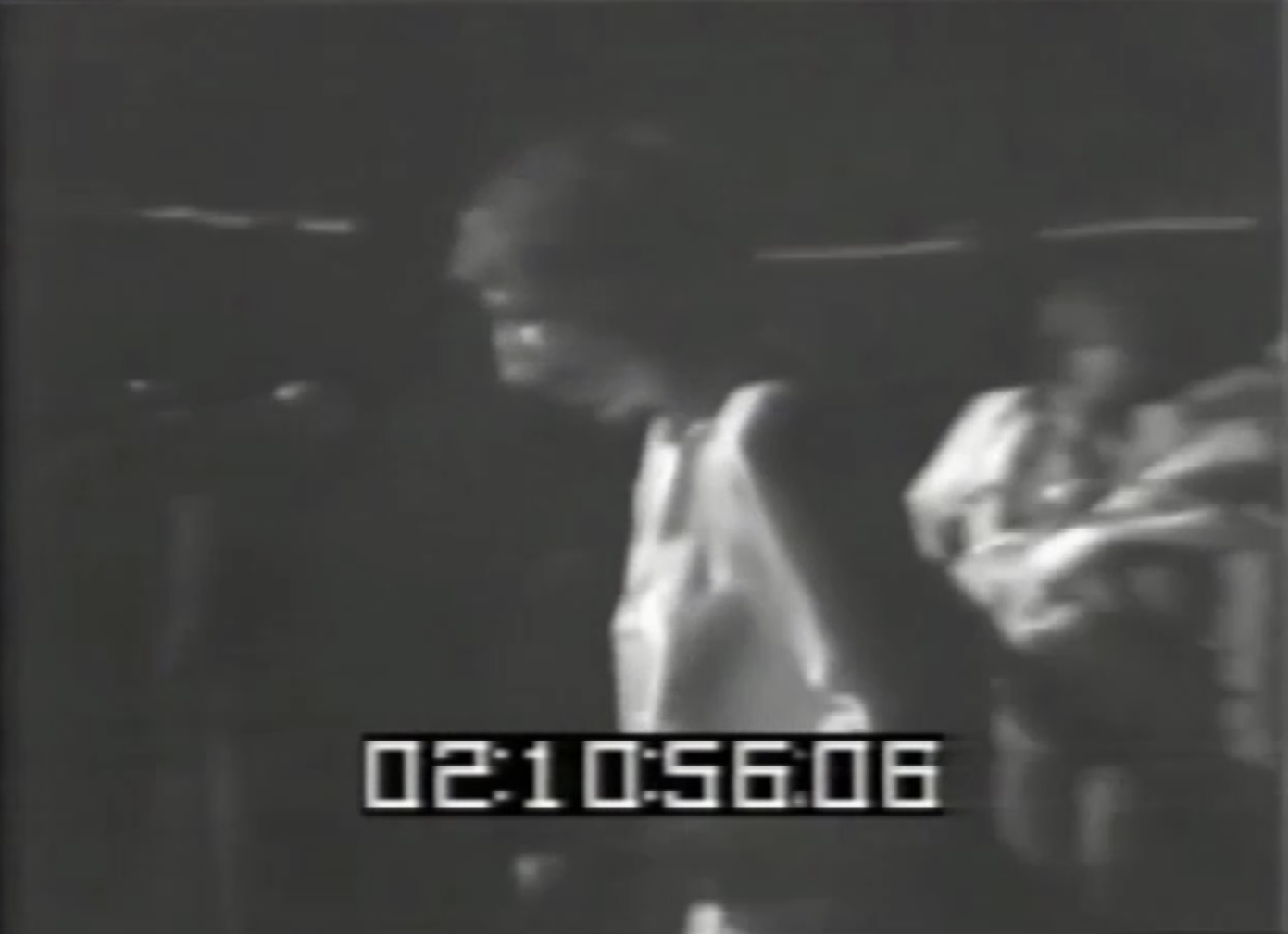
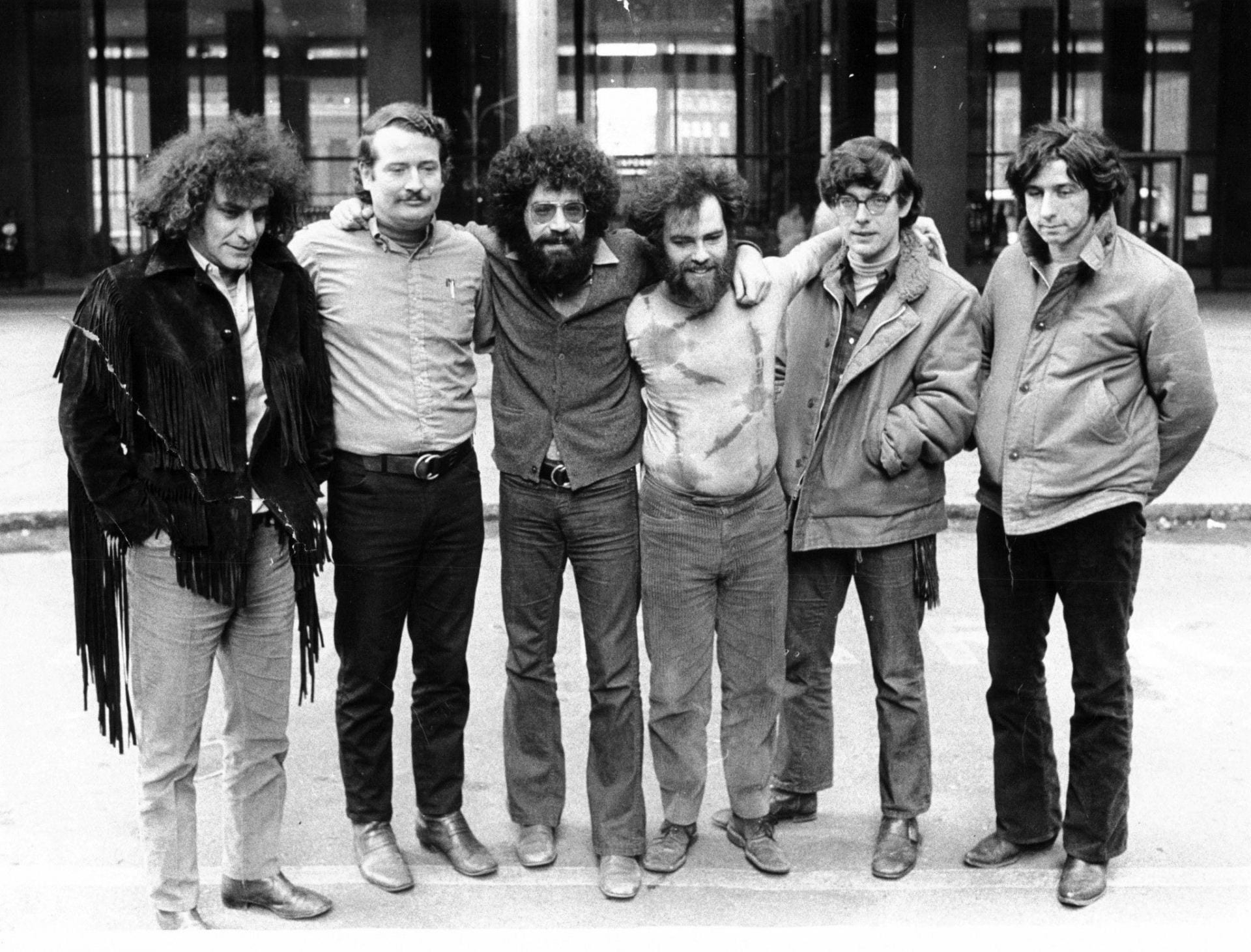
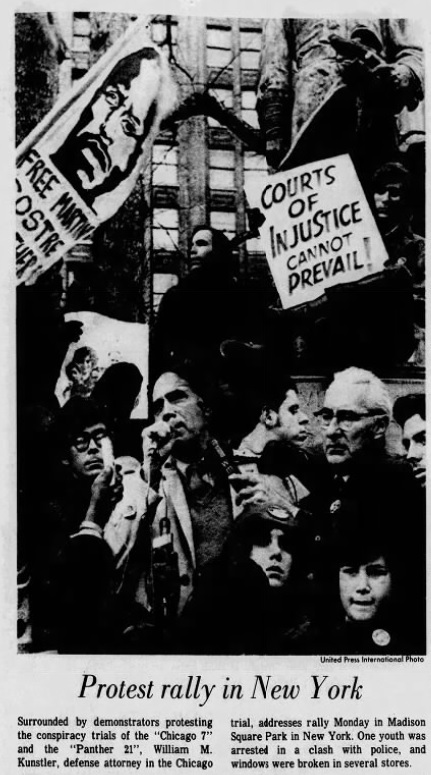
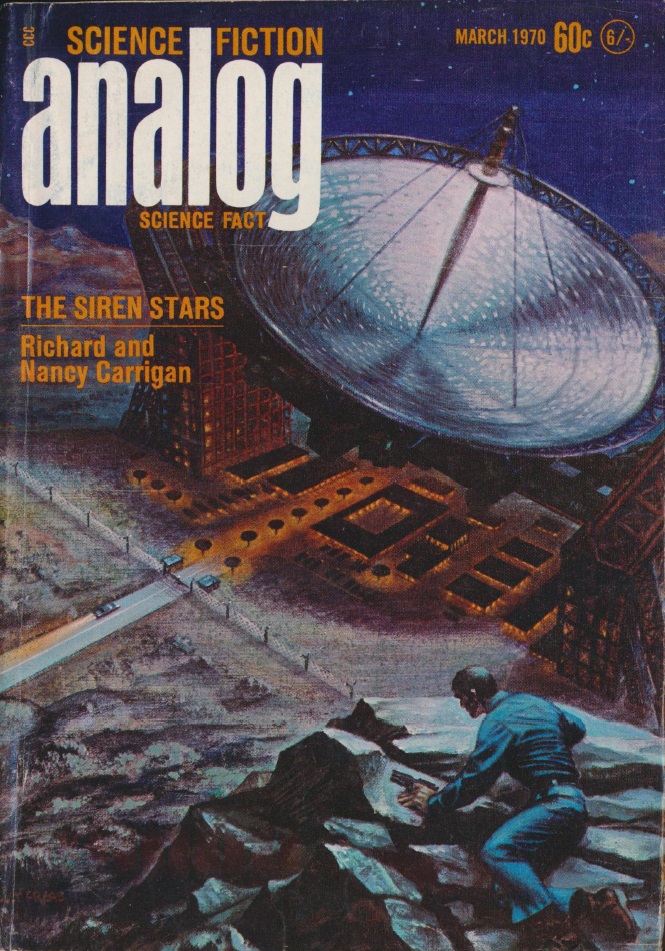
![[August 18, 1968] The Horror is Real (<i>Targets</i>)](https://galacticjourney.org/wp-content/uploads/2023/08/680818targets-500x372.jpg)


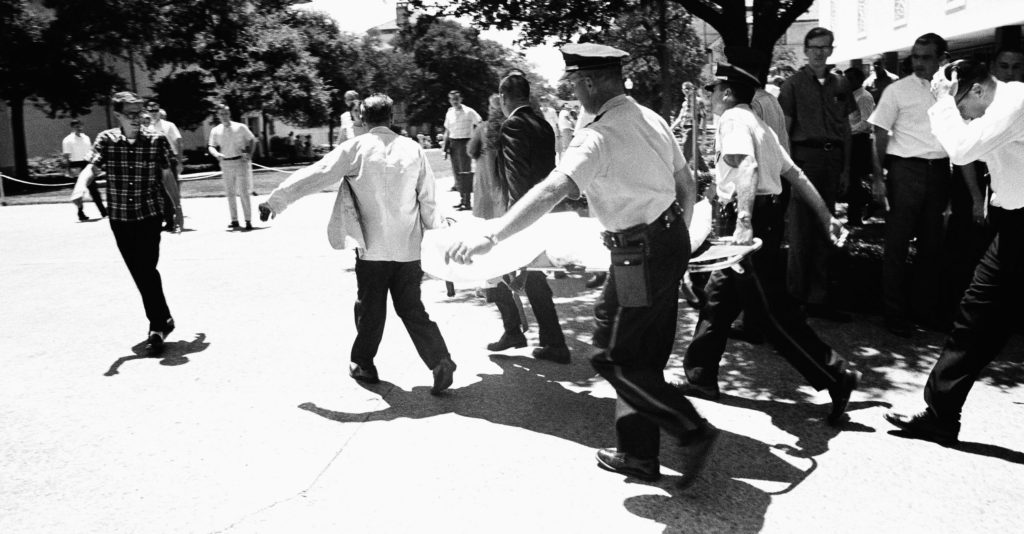
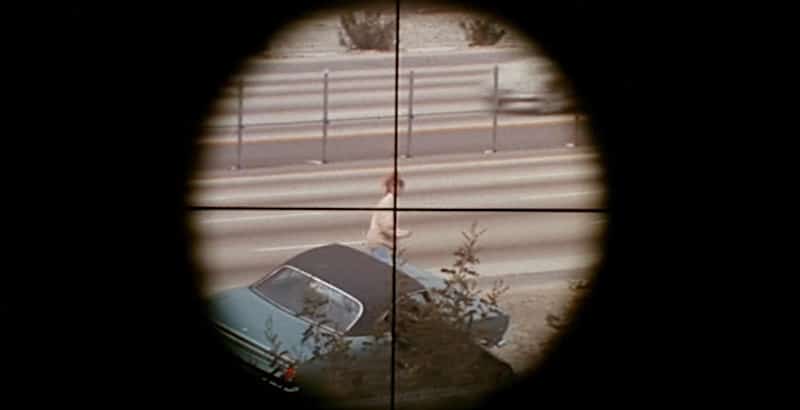
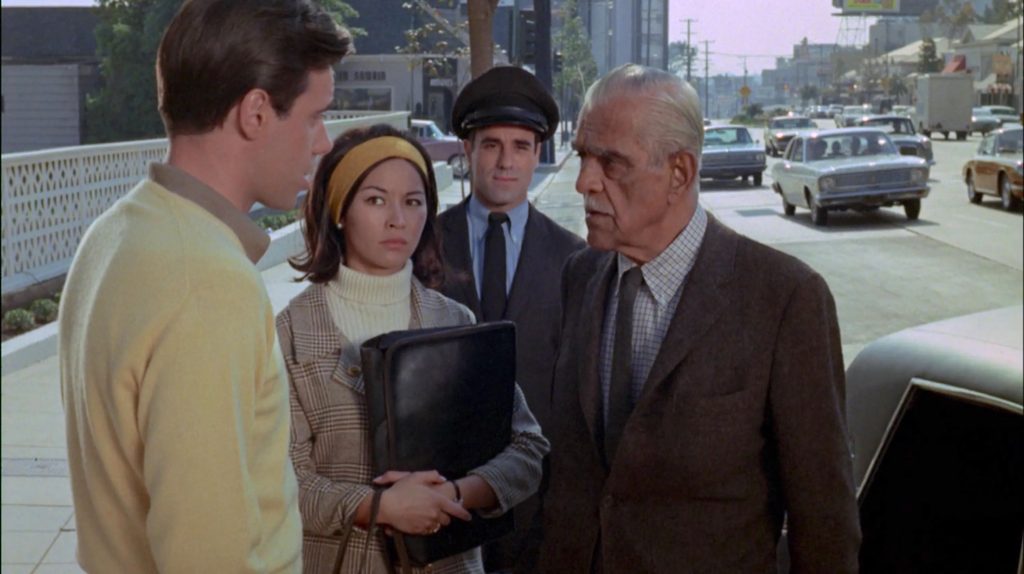

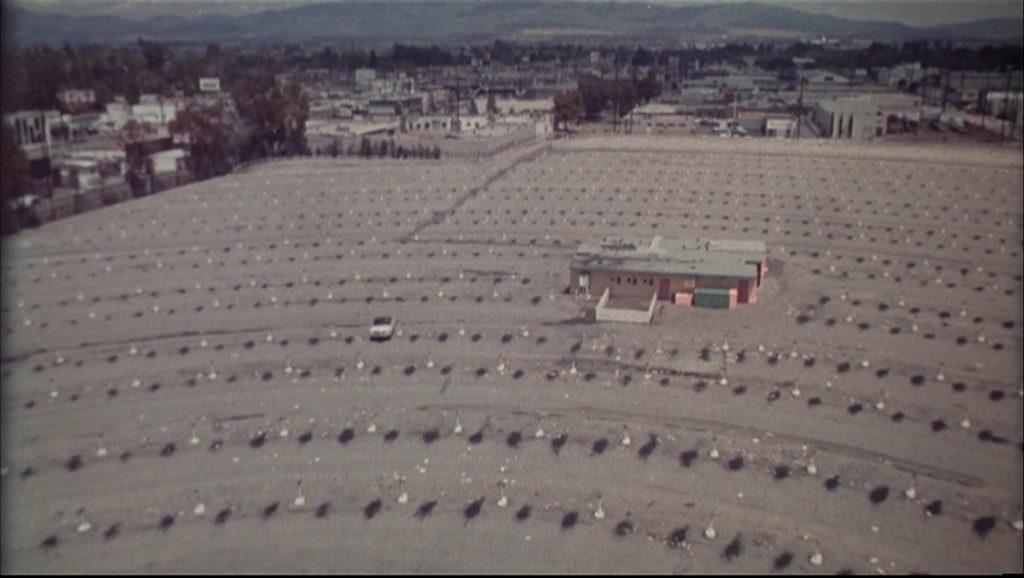

![[July 4, 1968] Youth Is Wasted On The Young (<i>Wild In The Streets</i>)](https://galacticjourney.org/wp-content/uploads/2023/06/TITLE-672x372.png)













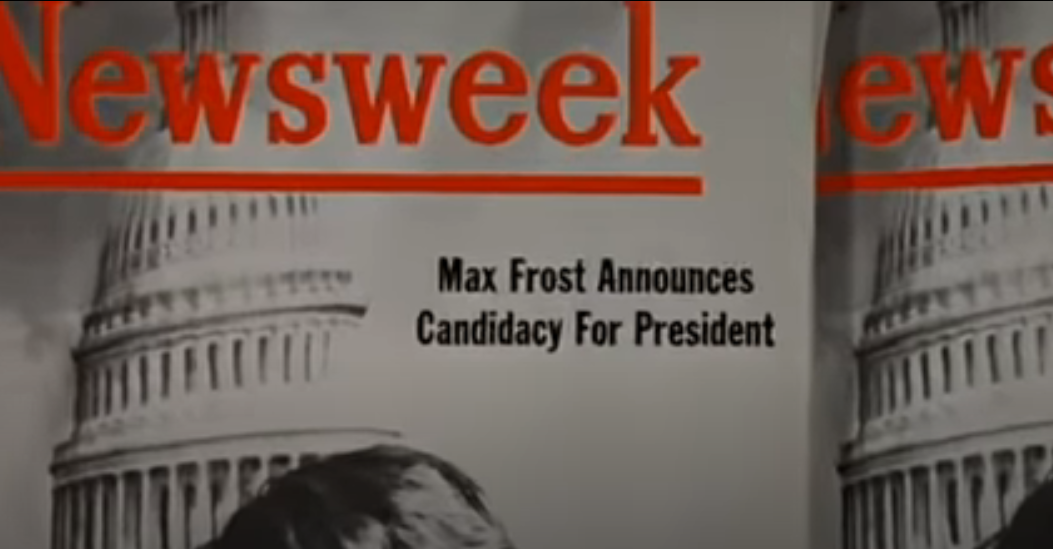







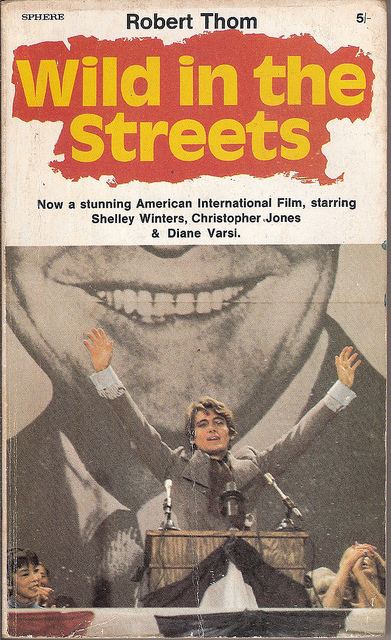
![[February 6, 1968] The Most Dangerous Dame (<i>Confessions of a Psycho Cat</i>) and From the Land of Hype (Ellison's <i>From the Land of fear</i>)](https://galacticjourney.org/wp-content/uploads/2023/02/680206covers-672x372.jpg)

















![[July 6, 1967] Humour, British-style (<i>Carry on Screaming</i>)](https://galacticjourney.org/wp-content/uploads/2022/06/670706poster-672x372.jpg)

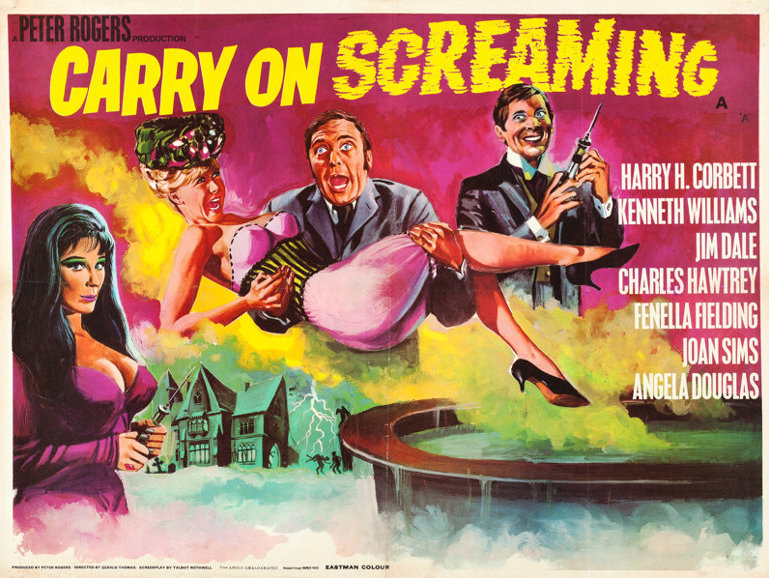
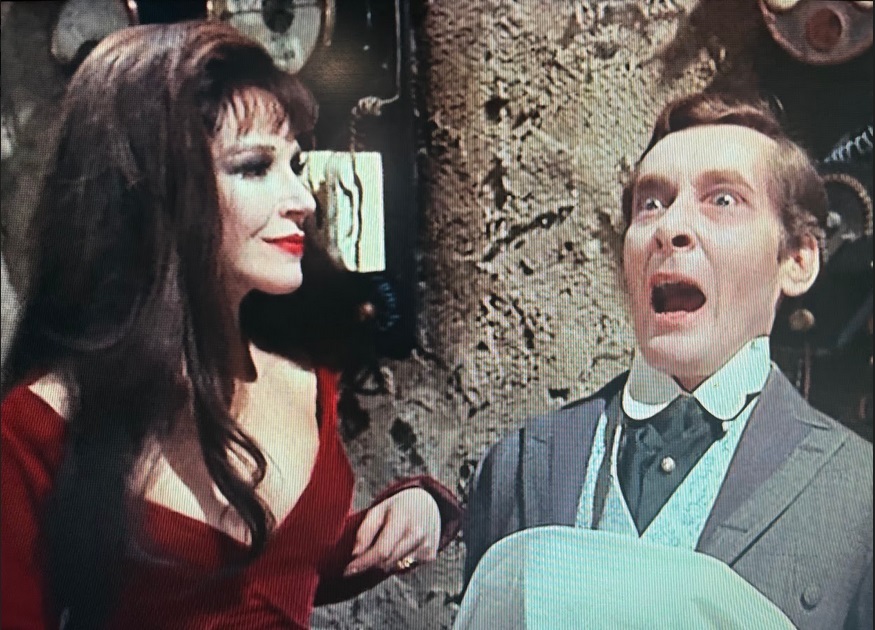
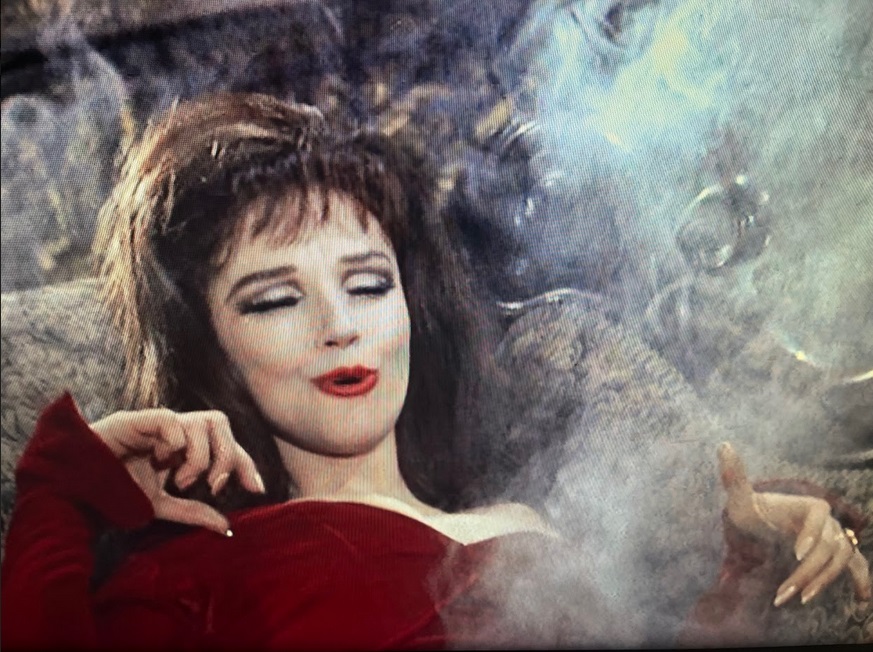
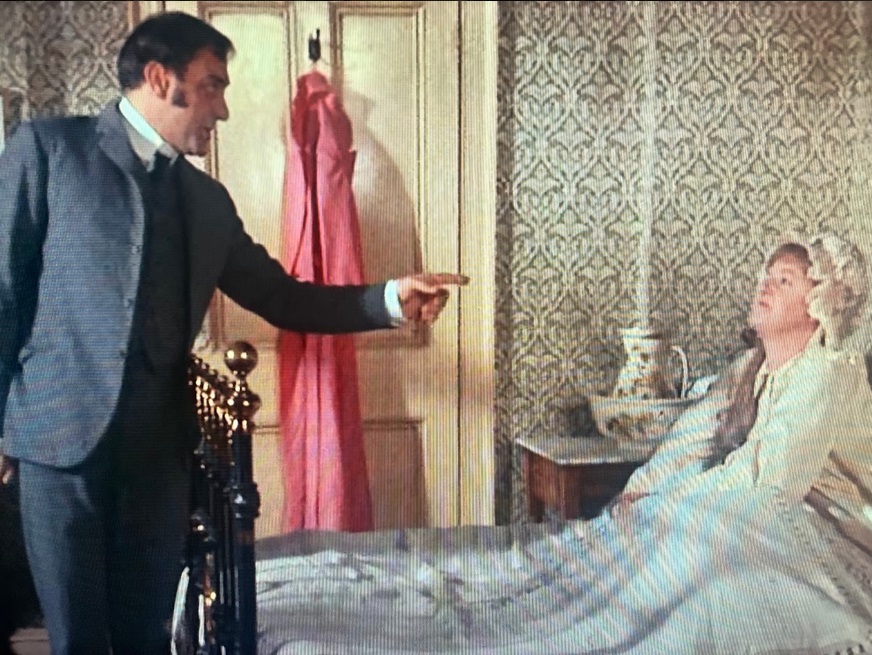
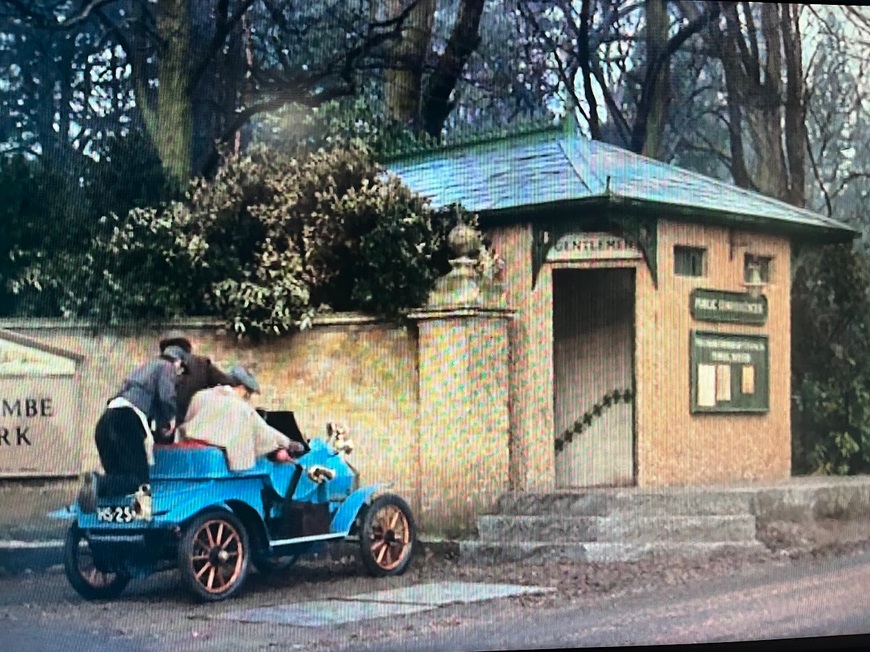

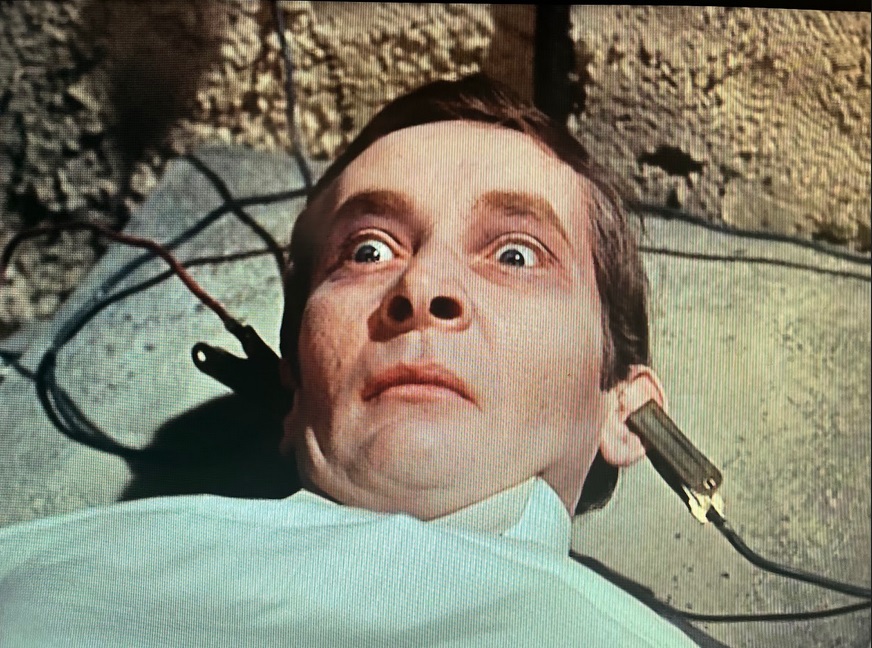
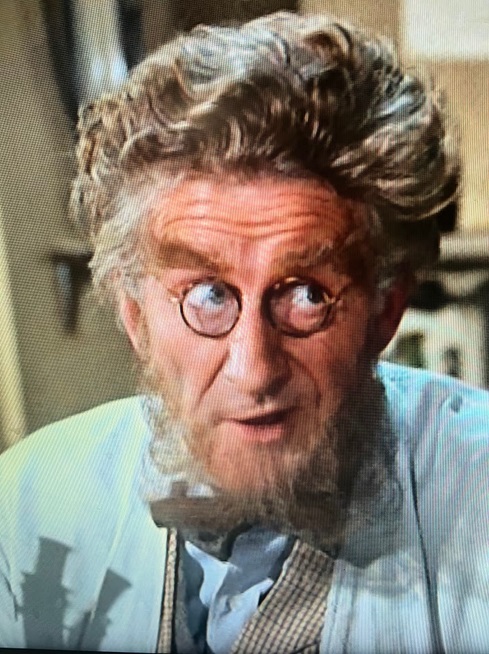
![[June 24, 1967] Oh no, not again! (The James Bond movie, <i>You Only Live Twice</i>)](https://galacticjourney.org/wp-content/uploads/2022/06/670624poster-600x372.jpg)

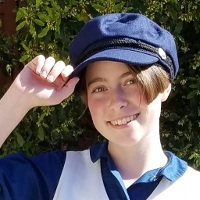























![[July 26, 1966] Along for the Ride (<i> This Island Earth</i>)](https://galacticjourney.org/wp-content/uploads/2021/07/this-island-672x372.png)

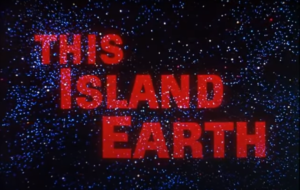


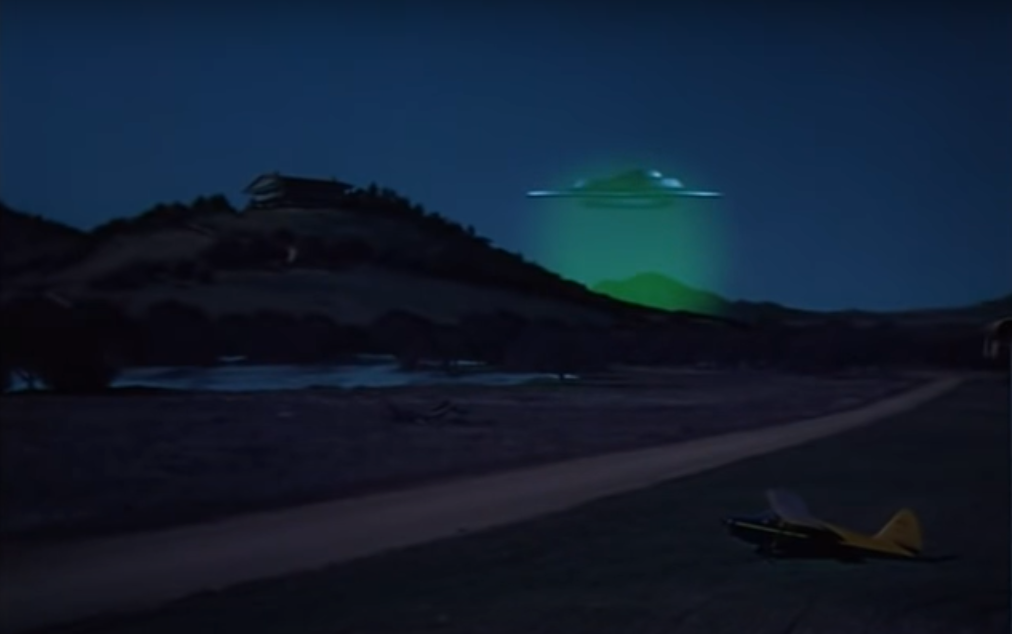

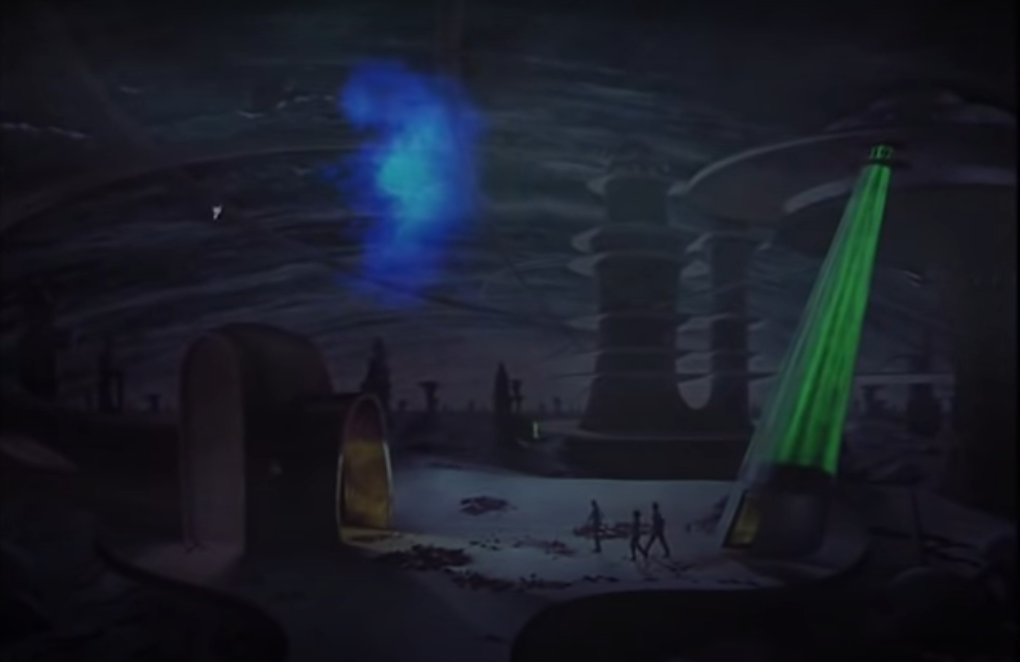


![[June 14, 1965] Our Best Man (the Young Traveler's favorite secret agent)](https://galacticjourney.org/wp-content/uploads/2020/06/650614title2-672x372.jpg)



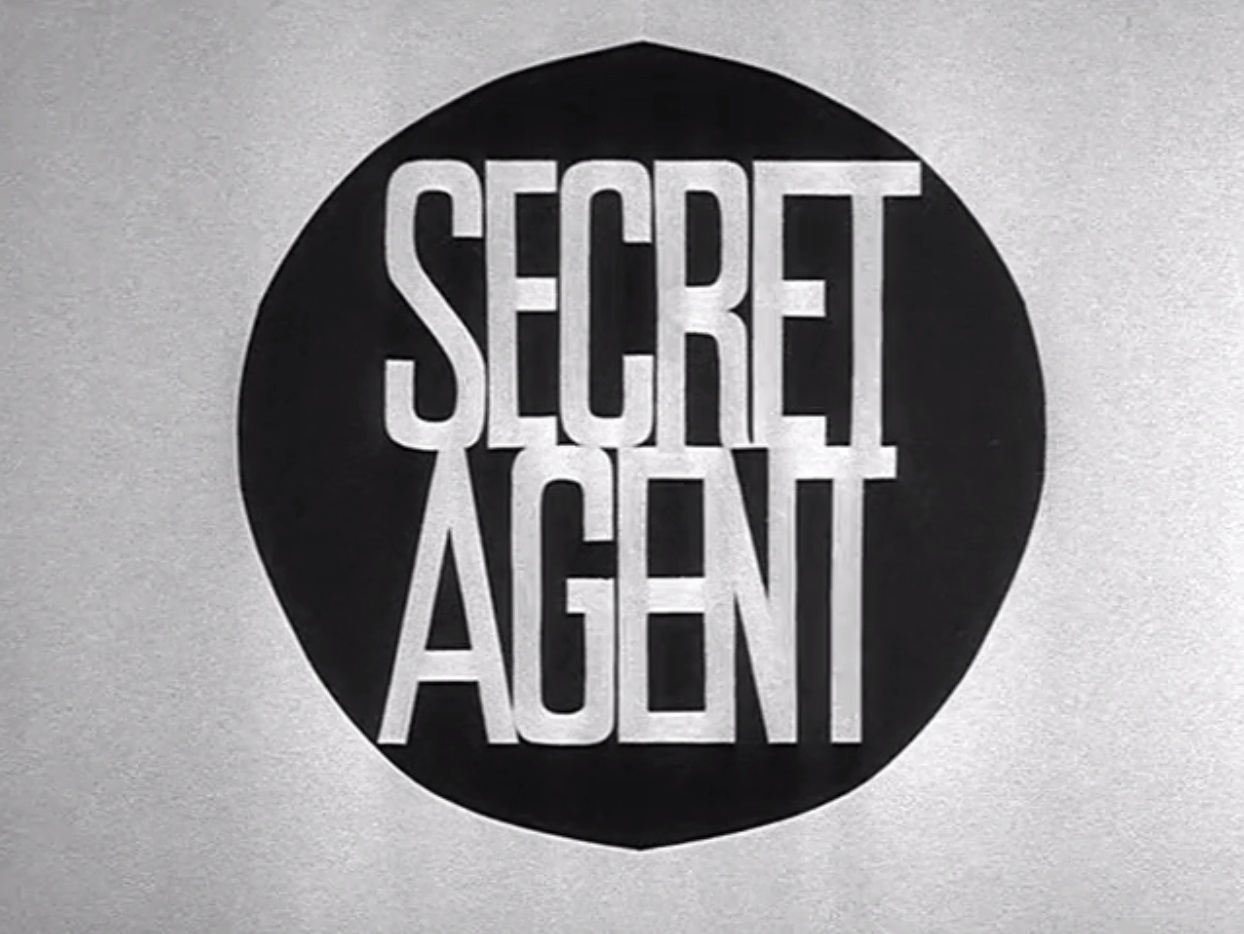
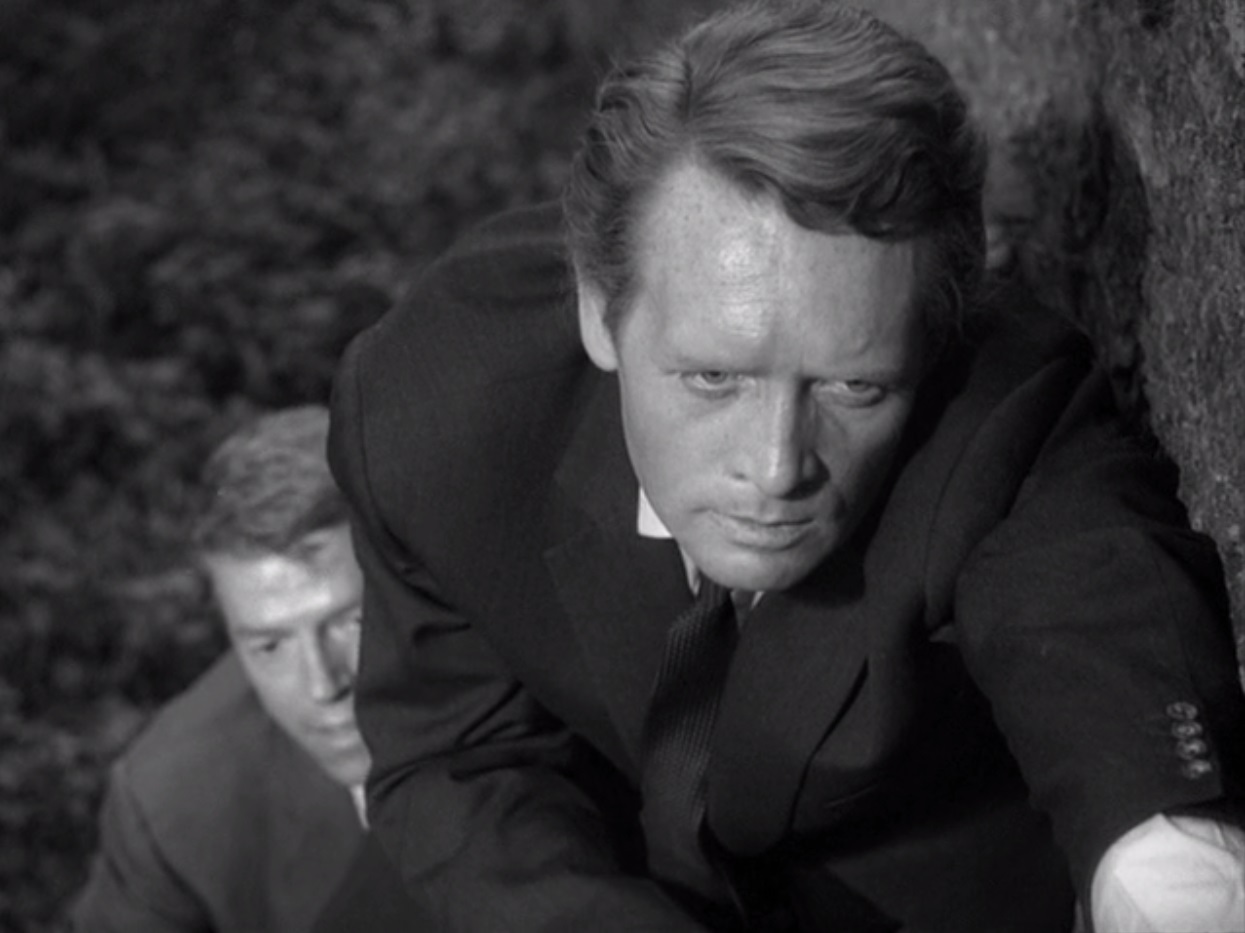


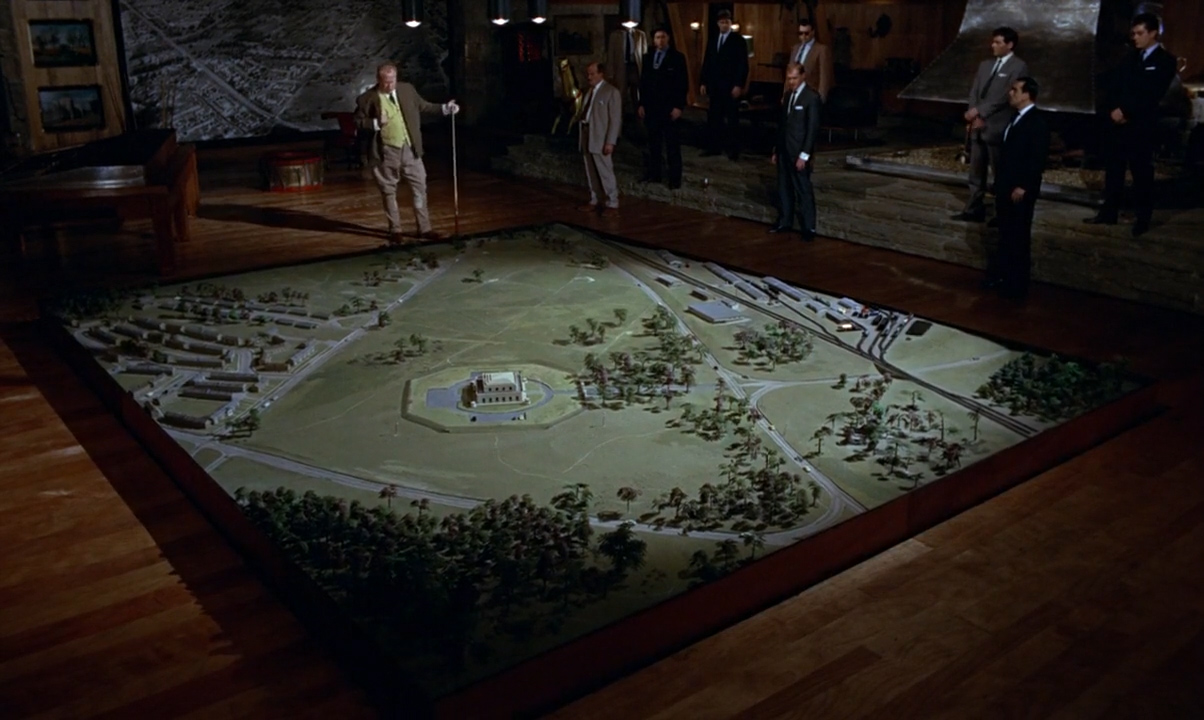



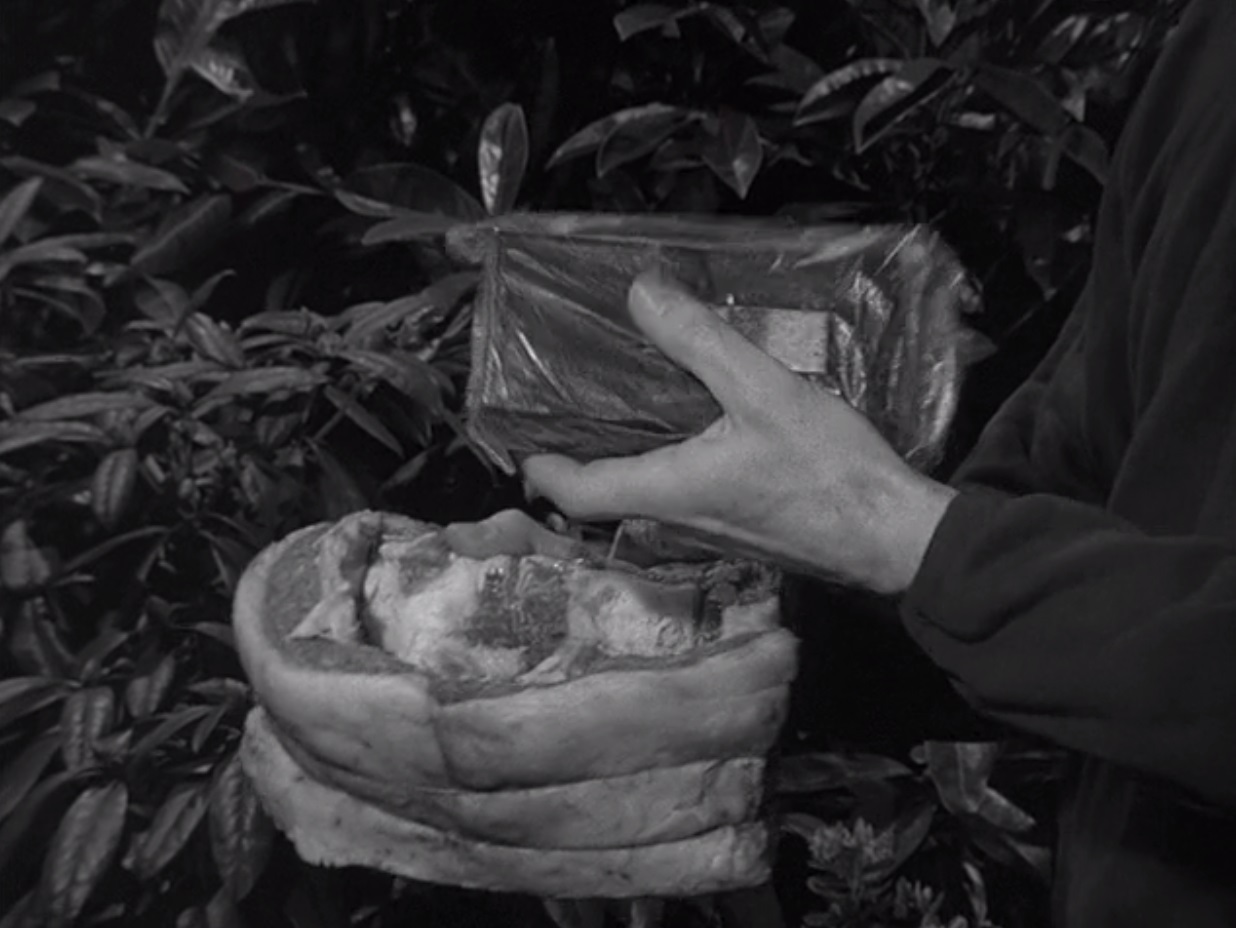

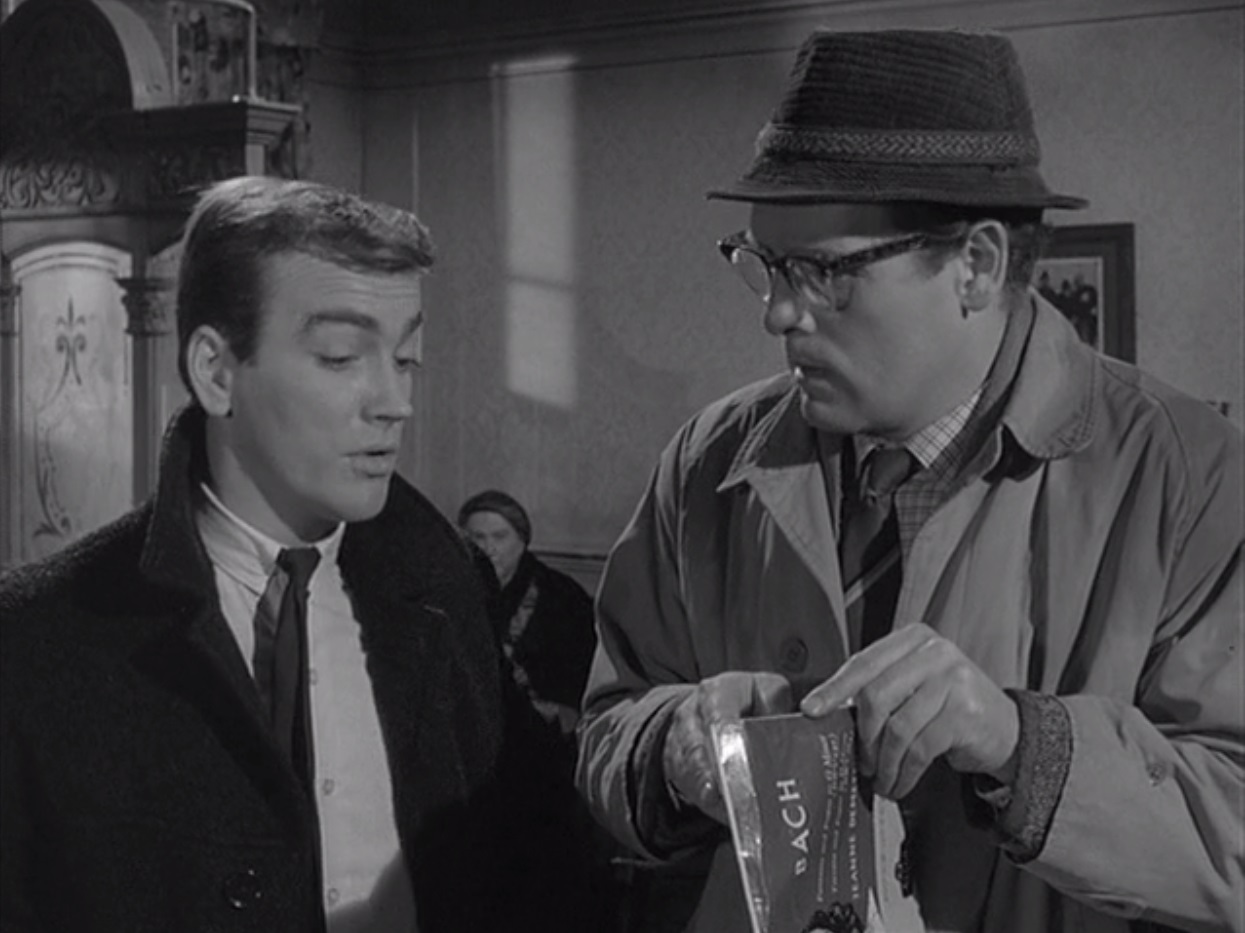
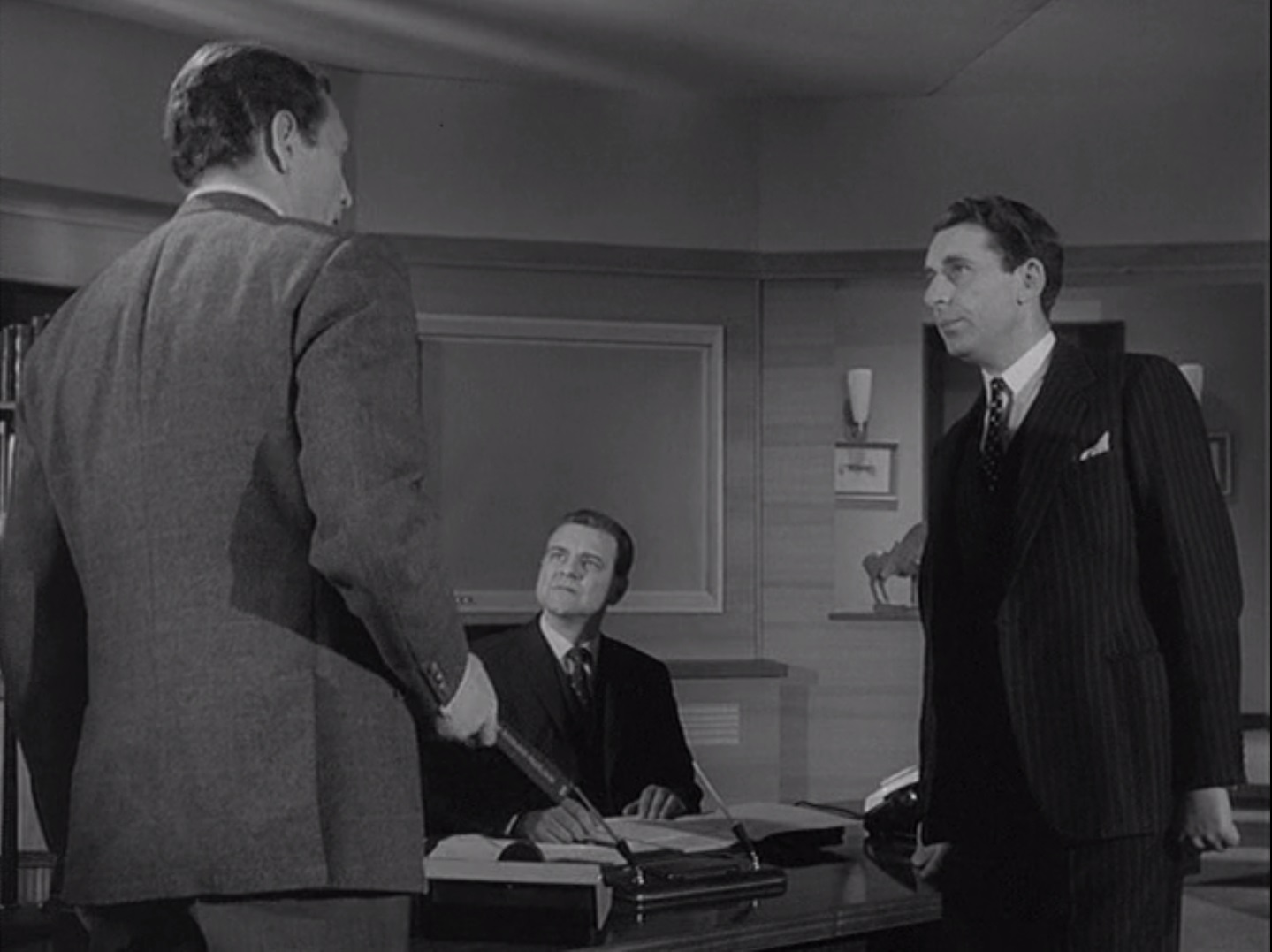
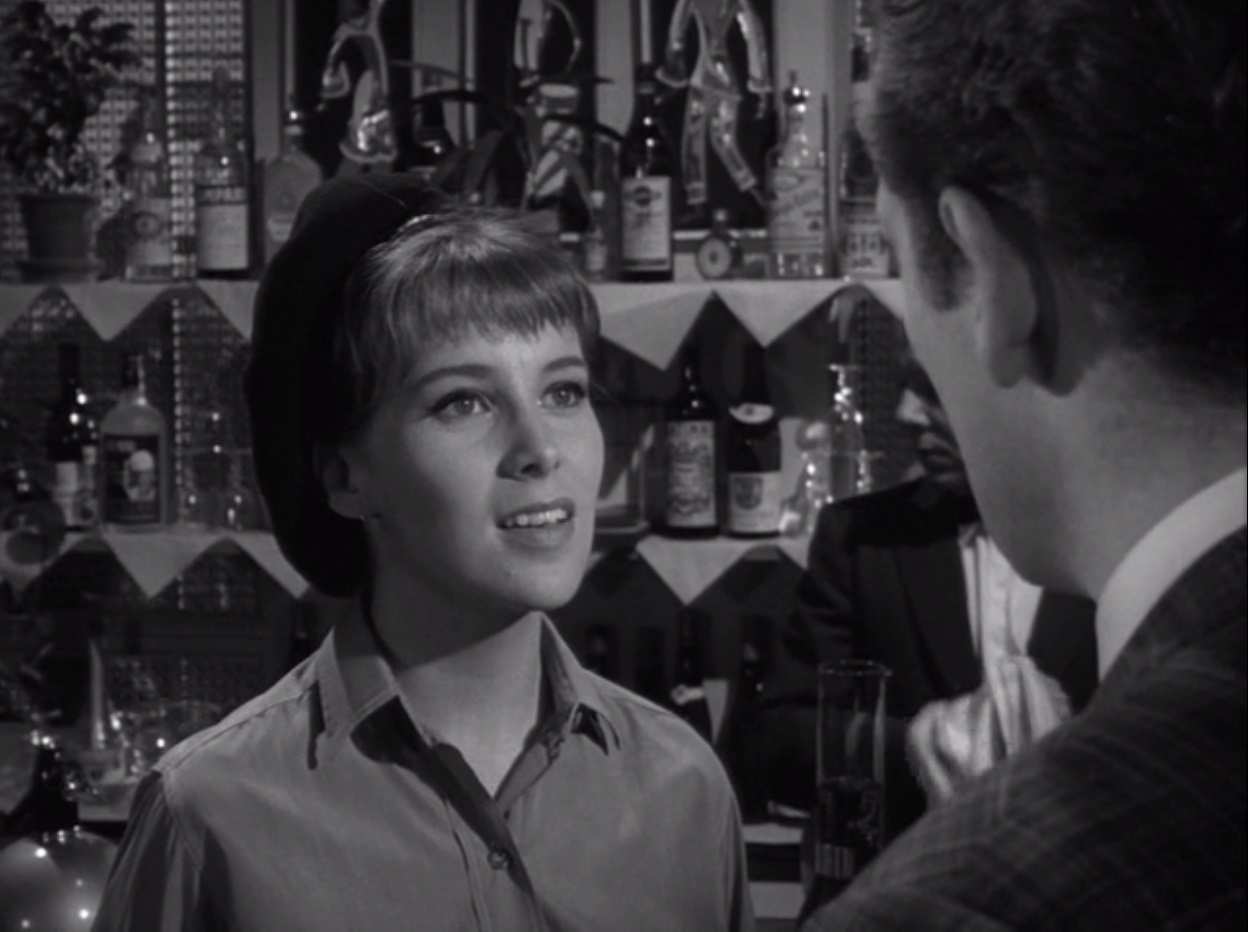
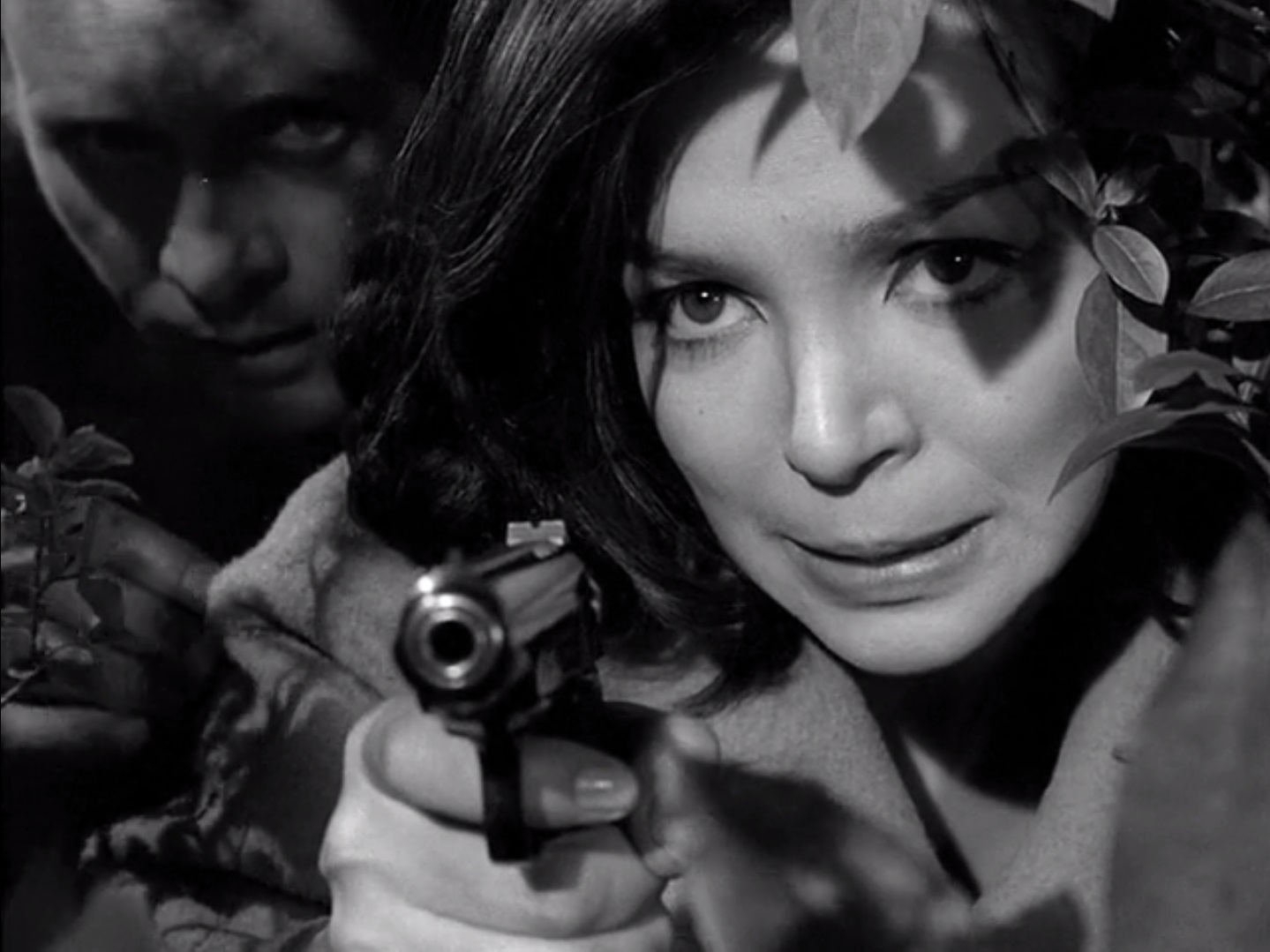
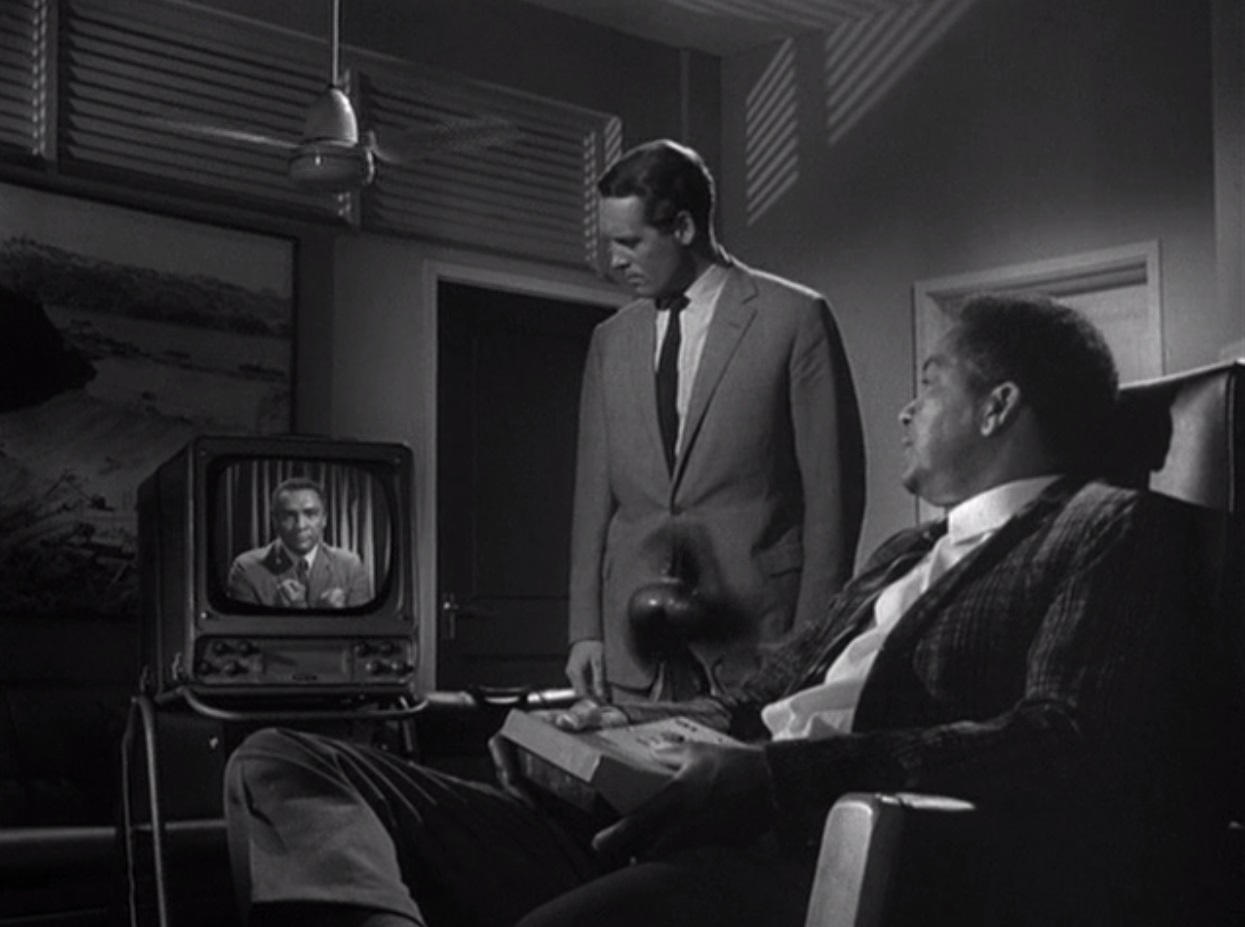

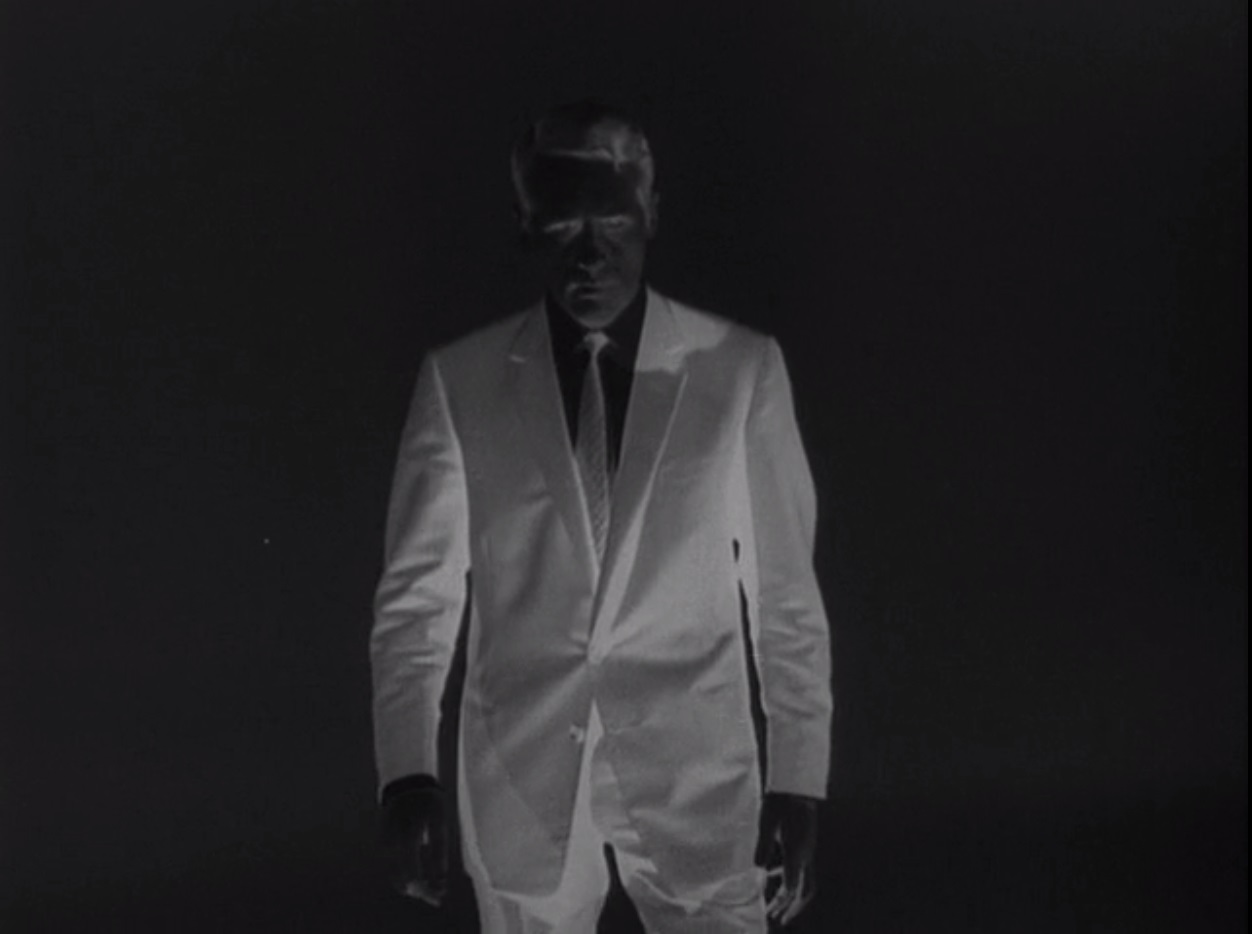
![[Aug. 7, 1964] Rematch! (<i>Mothra vs. Godzilla</i>)](https://galacticjourney.org/wp-content/uploads/2019/08/640807poster-597x372.png)
